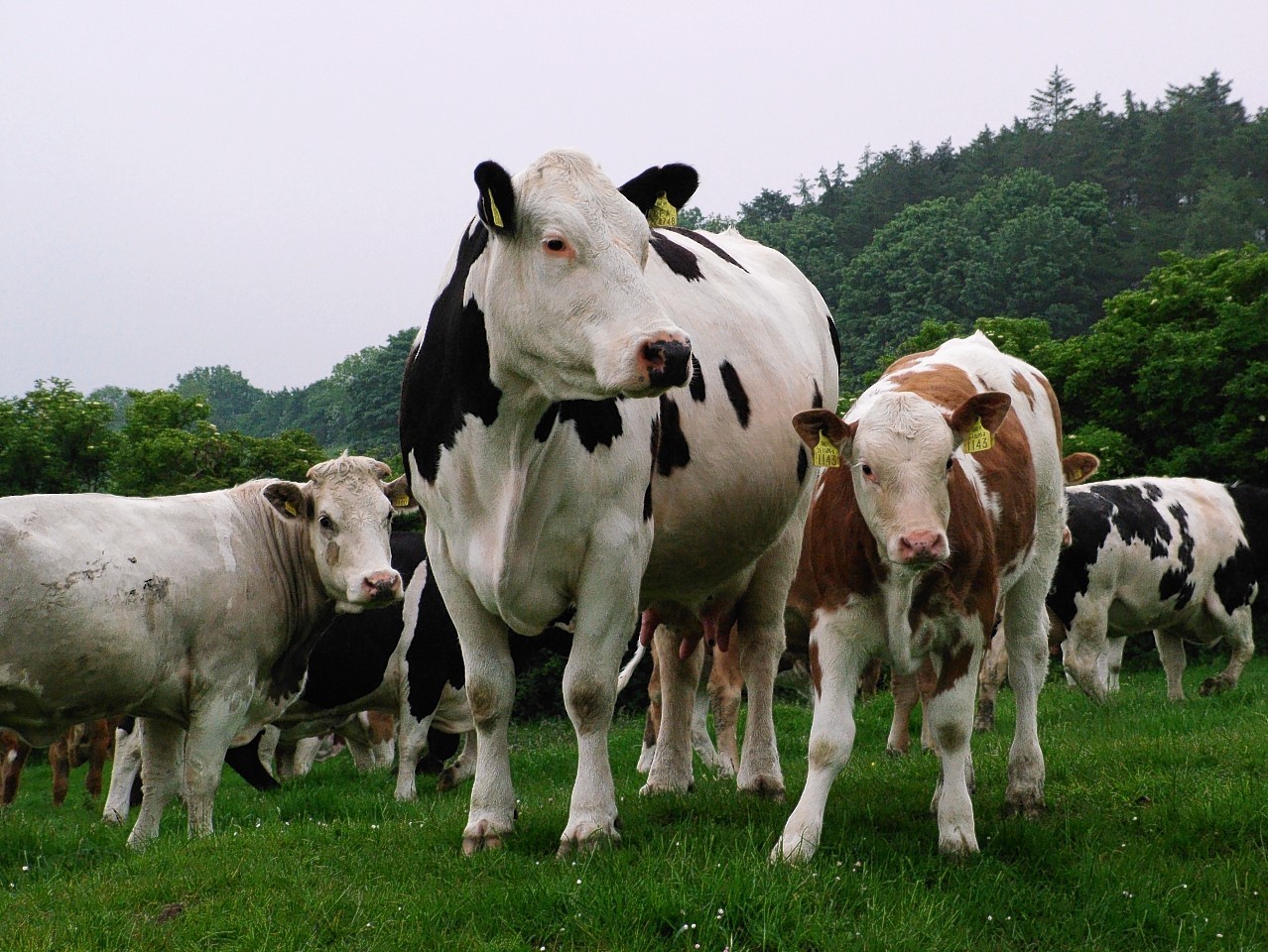Farmers and crofters are being urged to take advantage of a new guide outlining nutritional and performance targets for Scottish suckler herds.
Red meat levy body Quality Meat Scotland (QMS) has produced a cow nutrition timeline poster, following the success of a similar poster for ewe nutrition two years ago.
The new cow poster highlights target body condition scores throughout the year for spring-calving suckler cows.
Developed in conjunction with leading New Zealand vet and grassland expert Trevor Coo, the poster also identifies periods of high nutritional demand – calving and peak lactation – and low nutritional demand – mid-pregnancy and the dry period – to show the importance of matching nutritional demand with grass supply.
QMS knowledge transfer specialist, Emily Grant, said: “To be profitable, suckler herds need to wean as many calves as possible per cow mated. Adequate nutrition before and after calving is key to reproductive performance and this new poster highlights those periods where ensuring optimal nutrition will help maximise performance.”
She said body condition scoring (BCS) was the simplest and most effective way to assess if cows were being fed adequately, and should take place about 85-90 days before calving, and again at calving.
“At both stages, there is an opportunity to identify the cows that are below target and raise their condition so they can achieve optimum reproductive performance,” said Ms Grant.
“Cows are highly efficient at gaining condition from pasture, creating the opportunity to use extra BCS gained post weaning, as an energy reserve during the winter when feed costs are high. However, any reduction in BCS must be done gradually.”
The poster is available free of charge from QMS by calling 0131 472 4040 or emailing info@qmscotland.co.uk.
